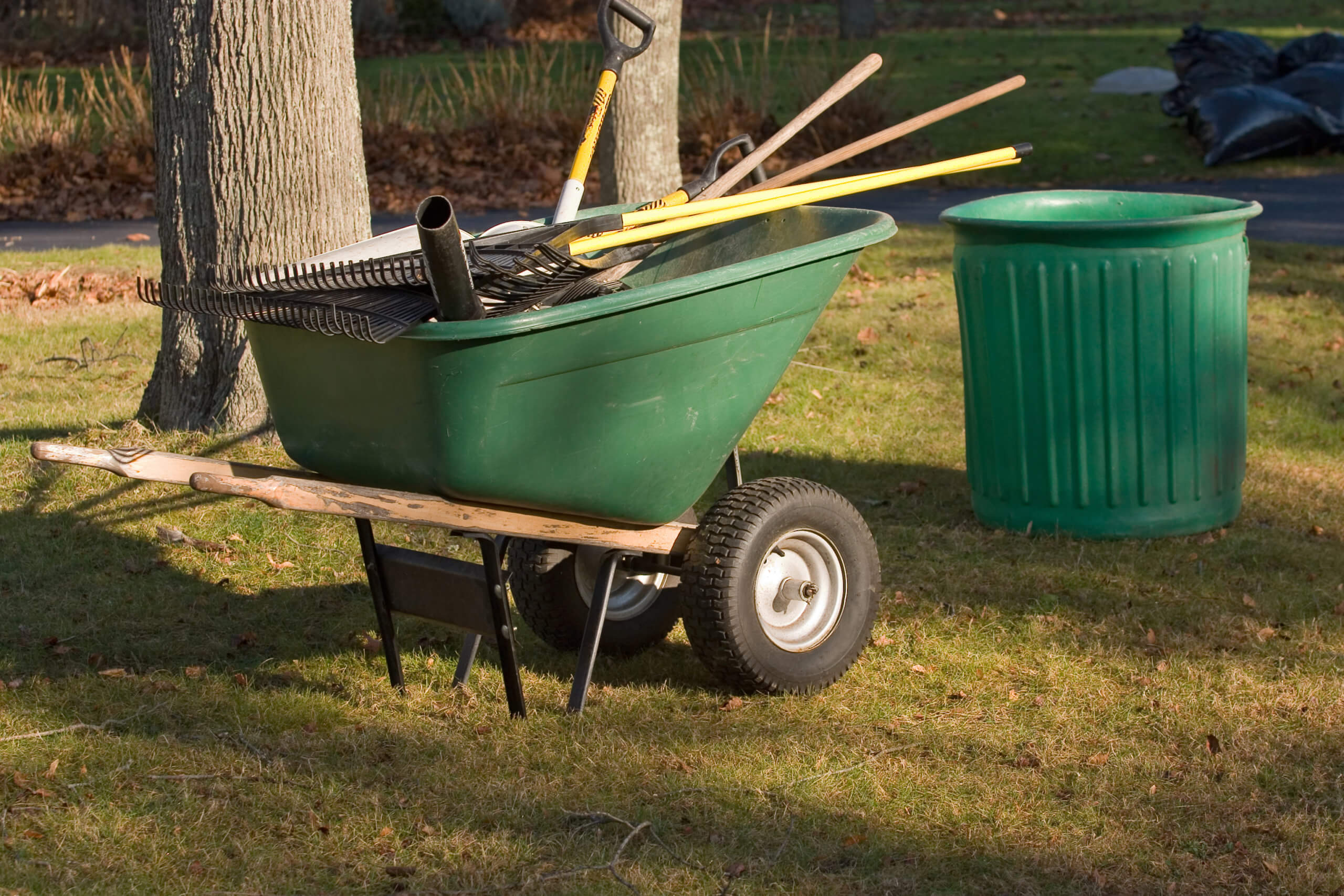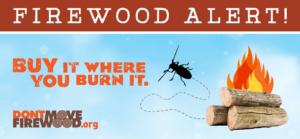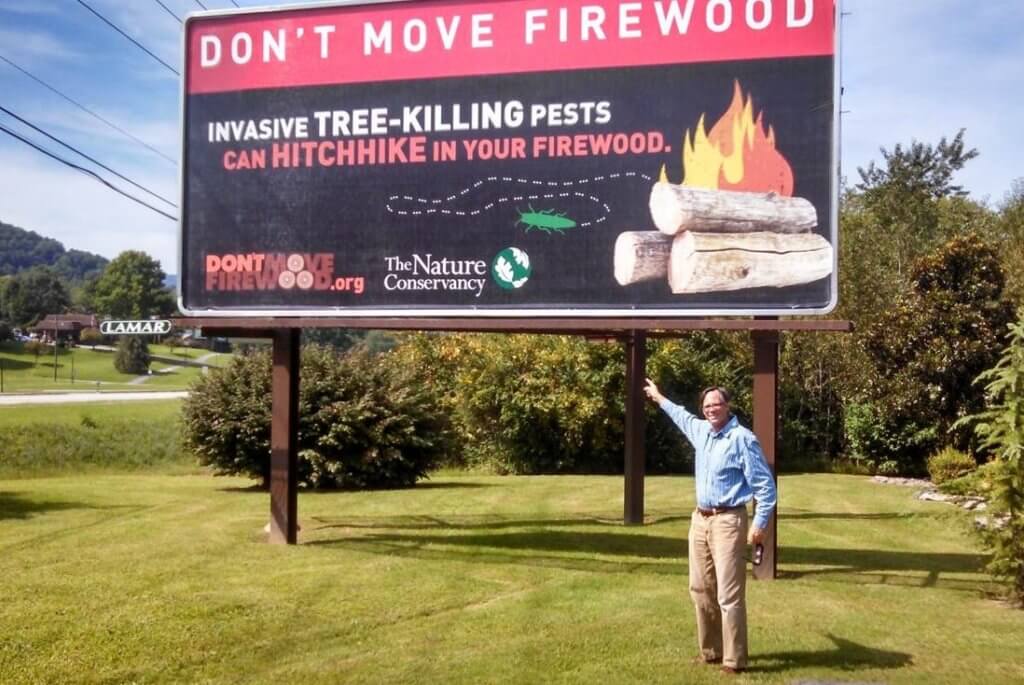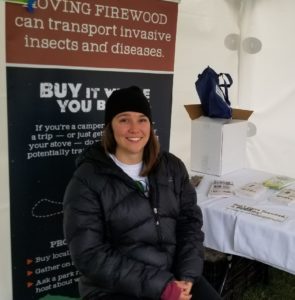BEWARE OF UNWANTED GARDEN AND TREE PESTS DURING SPRING CLEANUP

Tree-killing insects and diseases can be spread when disposing of yard waste
February 20, 2020 – On the first day of spring, the snow is finally gone (if you’re lucky) and it is time to survey the damage and debris winter has left behind in our yards. Homeowners and gardeners nationwide begin to consider the annual task of cleaning up their yards and gardens to prepare for the growing season. This past winter has brought ample snow, rain and wind in most parts of the nation, knocking down branches and even entire trees. Gardeners, landscapers, and anyone working outside this spring should be aware that tree branches, firewood, and cleared brush can harbor invasive insects and diseases, making proper use or disposal critical to preventing the spread of tree-killing pests. Many kinds of pests can emerge as the weather warms, and you don’t want to accidentally carry them to a new home.
“Even experts can’t always detect a couple of pin-head size insect eggs or a few microscopic fungus spores hidden in wood; however, these tiny threats are enough to destroy an entire forest,” said Leigh Greenwood, Don’t Move Firewood campaign manager, The Nature Conservancy. “Disposing of tree debris, brush, and other yard waste either on site or through municipal composting is the best way that homeowners can prevent spreading tree-killing pests as they clean up their yards and gardens this spring.”

Tips for Spring Cleanup:
- If you don’t want to keep your firewood until next winter, don’t be tempted to take it with you when camping this spring or summer. Instead, you can give it to your next-door neighbor, burn or chip it on site, or dispose of it locally (50 miles is too far, 10 miles or less is best).
- Hire a tree service or rent a tree chipper to shred fallen trees and branches and brush into mulch for your own garden beds and landscaping projects.
- If you are pruning trees and shrubs, remember to dispose of wood debris locally.
- Many areas now offer a yard waste recycling program. Contact your municipal solid waste management department for information specific to your area.
- Many municipalities also offer a fall and spring “cleanup day” where they will collect seasonal waste. Check if your town participates in a cleanup day!
- If a yard waste recycling or composting program is not available, and you cannot keep it on site, brush logs, and branches, should be disposed of in a local landfill.
- Take care to respect all state and local regulations on the movement of firewood and other unprocessed wood – some areas are subject to serious fines for violations. For more information visit our Don’t Move Firewood Regulations Map.
- During your spring cleanup, if you notice an insect or tree disease you don’t recognize, take a photo or obtain a specimen of it- then look up how to report it on our Report a Pest page.
As the weather warms but the trees are still bare, take inventory of your trees and their health. Are branches shriveled up? Is that damage from a winter storm or perhaps an unwelcome pest? Look for unusual holes, late or damaged leaf buds, or a pattern of dead tips on otherwise healthy branches. Do not hesitate to report anything that looks unusual!
All of these tips and tricks can be used during fall cleanup as well!

Previous Press Release from 2013
















